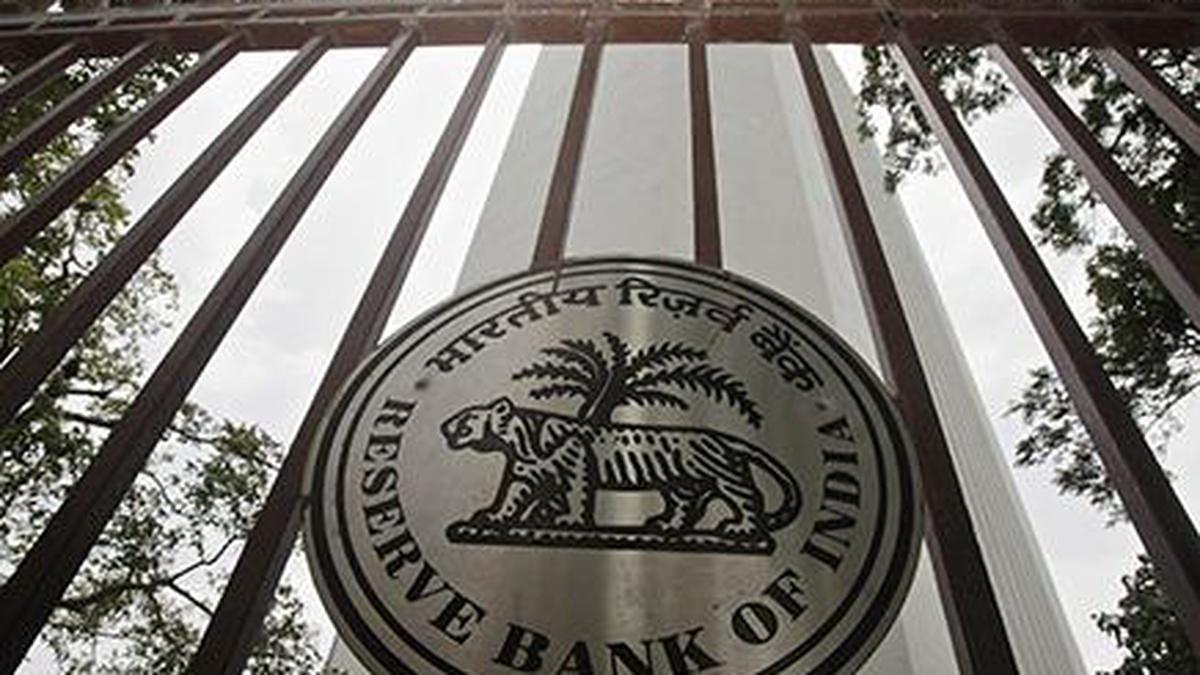Comprehensive Guide to RBI’s Fraud Risk Management Framework: Compliance Requirements for Financial Institutions
Introduction
The Reserve Bank of India’s Master Direction on Fraud Risk Management establishes a structured approach for financial institutions to prevent, detect, and manage fraudulent activities. As financial fraud grows in sophistication and scale, this regulatory framework ensures institutions implement robust systems and controls to safeguard stakeholder interests and maintain system integrity.
What is the Fraud Risk Management Framework?
The Fraud Risk Management Framework encompasses comprehensive guidelines for banks and financial institutions to establish governance structures, implement detection mechanisms, conduct investigations, report incidents, and recover losses related to fraudulent activities. It addresses various fraud typologies across channels, products, and processes within the financial ecosystem.
Why is Fraud Risk Management Regulation Required?
- Protects financial institutions from monetary and reputational losses
- Safeguards customer interests and maintains trust in the financial system
- Creates standardized fraud monitoring and reporting mechanisms
- Establishes accountability at various organizational levels
- Enables system-wide fraud intelligence sharing and prevention
Key Requirements Under the Master Direction
Fraud Governance Structure
- Board-level oversight through Risk Management Committee
- Special Committee of the Board for Monitoring Large Value Frauds
- Chief Risk Officer’s role in fraud risk assessment
- Independent fraud risk management function
Fraud Prevention Mechanisms
- Enhanced Customer Due Diligence (CDD) processes
- Multi-layered authentication systems
- Employee background verification procedures
- Maker-checker mechanisms for critical operations
- Customer awareness and education initiatives
Fraud Detection Systems
- Real-time transaction monitoring with fraud analytics
- Early Warning Signals (EWS) framework implementation
- Anomaly detection systems for unusual patterns
- Whistleblower mechanisms for internal reporting
- Regular data mining for potential red flags
Fraud Investigation Protocols
- Standard Operating Procedures for fraud investigation
- Timeline requirements for investigation completion
- Documentation standards for investigation reports
- Staff rotation policies in sensitive positions
- External investigation agencies engagement guidelines
Reporting Requirements
- Fraud reporting to RBI within prescribed timelines
- Categorization and prioritization of frauds by value
- Special reporting for large value frauds (₹1 crore and above)
- Quarterly progress reports on outstanding fraud cases
- Annual review of fraud cases by Audit Committee
Recovery and Remediation
- Legal action procedures for fraud recovery
- Insurance coverage for fraud-related losses
- Root cause analysis requirements
- System improvement recommendations tracking
- Staff accountability assessment protocols
Differential Applicability by Institution Type
Scheduled Commercial Banks
- Comprehensive implementation of all provisions
- Enhanced reporting for large-value frauds (₹5 crore and above)
- Specialized fraud monitoring units
- Advanced fraud analytics implementation
NBFCs by Asset Size
- NBFC-Upper Layer: Requirements similar to scheduled commercial banks
- NBFC-Middle Layer: Modified reporting thresholds and timelines
- NBFC-Base Layer: Simplified fraud risk management framework
- Tailored detection systems based on business model
Urban Cooperative Banks
- Tiered compliance based on bank size
- Simplified governance structures for smaller UCBs
- Modified reporting thresholds
- Cooperative-specific fraud typologies
Payment System Operators
- Channel-specific fraud monitoring requirements
- Real-time blocking mechanisms for suspicious transactions
- Enhanced customer authentication processes
- Specialized reporting for digital payment frauds
Penalties for Non-Compliance
- Monetary penalties up to ₹1 crore for reporting delays
- Enhanced supervisory engagement and mandatory action plans
- Individual accountability for directors in case of negligence
- Impact on regulatory ratings and approvals
- Additional capital requirements for inadequate controls
Recent Updates and Amendments
- Digital fraud monitoring requirements enhancement
- Integration with Central Fraud Registry
- Red-flagged account monitoring guidelines
- Staff rotation policy for sensitive positions
- Cyber fraud monitoring and prevention framework
Industry Best Practices
- AI/ML-powered fraud detection systems
- Consortium approach for cross-bank fraud intelligence
- Behavioral biometrics for customer authentication
- Specialized fraud investigation teams with forensic capabilities
- Pre-emptive fraud risk scoring for new products/channels
Conclusion
As financial fraud evolves in complexity, RBI’s Master Direction on Fraud Risk Management provides a comprehensive framework that balances detection, prevention, and response mechanisms. Financial institutions that view these regulations not merely as compliance requirements but as strategic risk management tools will be better positioned to protect their assets, reputation, and customer trust in an increasingly digital financial landscape.














